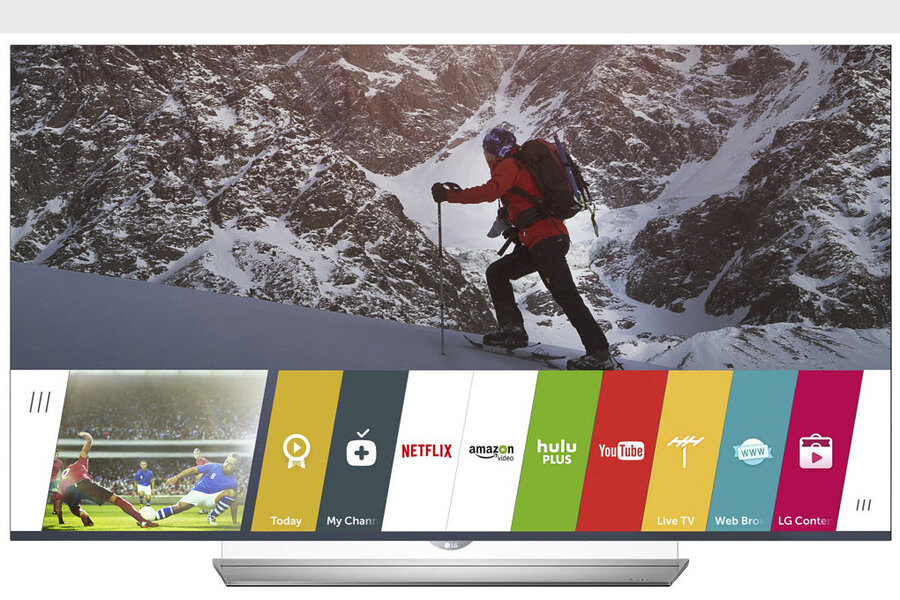How streaming video has outpaced file-sharing across the globe
Loading...
Streaming video and audio services such as Netflix and iTunes now make up more than 70 percent of Americans’ Internet use during peak evening hours, a new report has found.
Netflix alone occupies 37 percent of the Internet that comes into customers homes, while YouTube —which recently began efforts to introduce streaming media with its YouTube Red service — makes up nearly 18 percent, according to a survey by the broadband network company Sandvine.
That’s likely no surprise to many avid binge-watchers, who have increasingly abandoned traditional cable TV in favor of often lower-cost streaming media services.
But it points to a changing definition of the role of the Internet — once thought of as a provider mainly of Web browsing and e-mail services, it’s increasingly become a way for people to access a wider variety of media.
It also appears many consumers are more willing to pay for that content, avoiding both the additional complications and potential legal issues often associated with peer-to-peer file-sharing, which first became popular in the early 2000s, particularly on college campuses.
While the file-sharing service BitTorrent once occupied 31 percent of the total Internet traffic in 2008, this year it occupied 5 percent of the total Internet traffic during the entire day, Sandvine found.
Newer companies focusing on streaming media are also gaining ground. Amazon — which drew controversy after declaring in October that it would be banning sales of streaming media boxes by rivals Apple and Google — and Hulu make up about 6 percent of Americans’ Internet use combined.
Amazon’s explanation for its move — that the rival devices didn’t “interact well” with the company’s Prime video service — was dismissed by many industry watchers, who argued the company was making a naked attempt to expand sales for its own devices.
Searches for an Apple TV on Amazon’s marketplace, for example, now turn up listings for Amazon’s own Fire TV stick, along with some remaining posts for an Apple TV “skin” by an Amazon-affiliated seller.
The use of streaming media on mobile devices is also growing, particularly internationally. In the US, streaming media services make up nearly 41 percent of the Internet use that comes to mobile phones, compared to about 35 percent in the Middle East, the broadband company’s survey found.
In Middle Eastern countries, only social networking, particularly the photo-sharing site Instagram (which accounts for more than 10 percent of the total mobile usage) approaches a similar popularity as streaming media, representing about a quarter of users’ Web usage.
In Africa, where cellphone use is rapidly growing but many users do not have access to an Internet-enabled smartphone, the use of streaming media is growing on computers but not as rapidly on mobile devices. Streaming services now account for nearly 30 percent of the Internet coming into African users’ homes during peak hours, Sandvine found.
That compares to about 8.5 percent on mobile phones, reflecting what researchers describe as a divide between more highly-educated, English-speaking people across the continent, who are more likely to own a smartphone, and those with less education, who are more likely to own a non-Internet-enabled feature phone or share one with friends and family.
The continued growth of streaming media across the globe is likely good news for companies looking to expand into the nascent market, such as Facebook, which recently announced its own plan to let a small group of iPhone users in the US stream videos live through its site.
[Editor's note: BitTorrent released a statement after the Sandvine report clarifying that while the percentage of file-sharing as declined, usage has not.]







